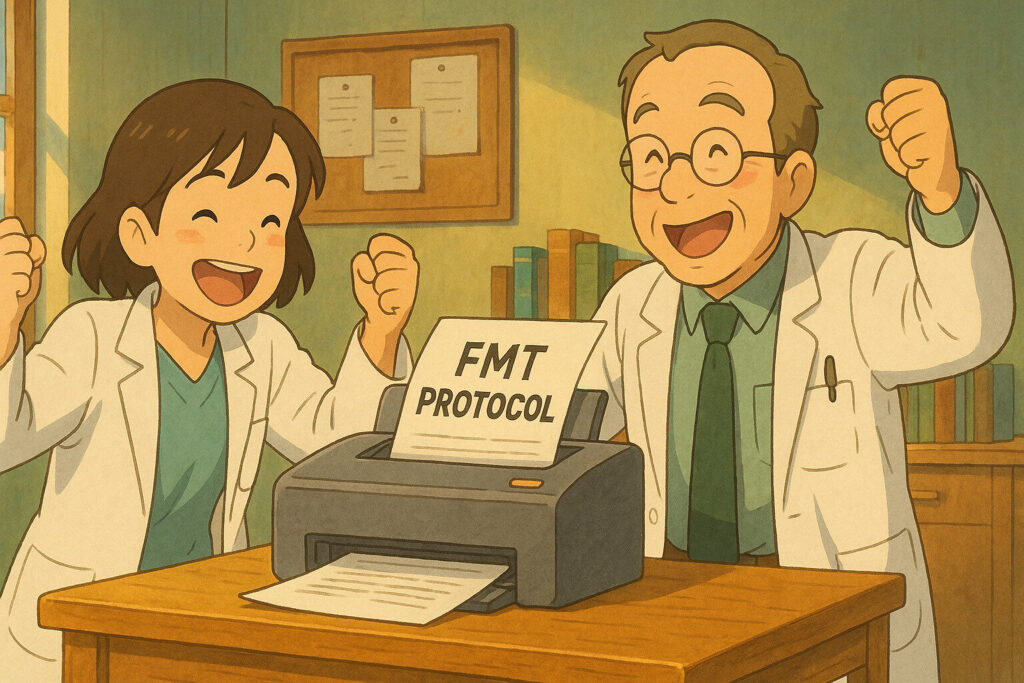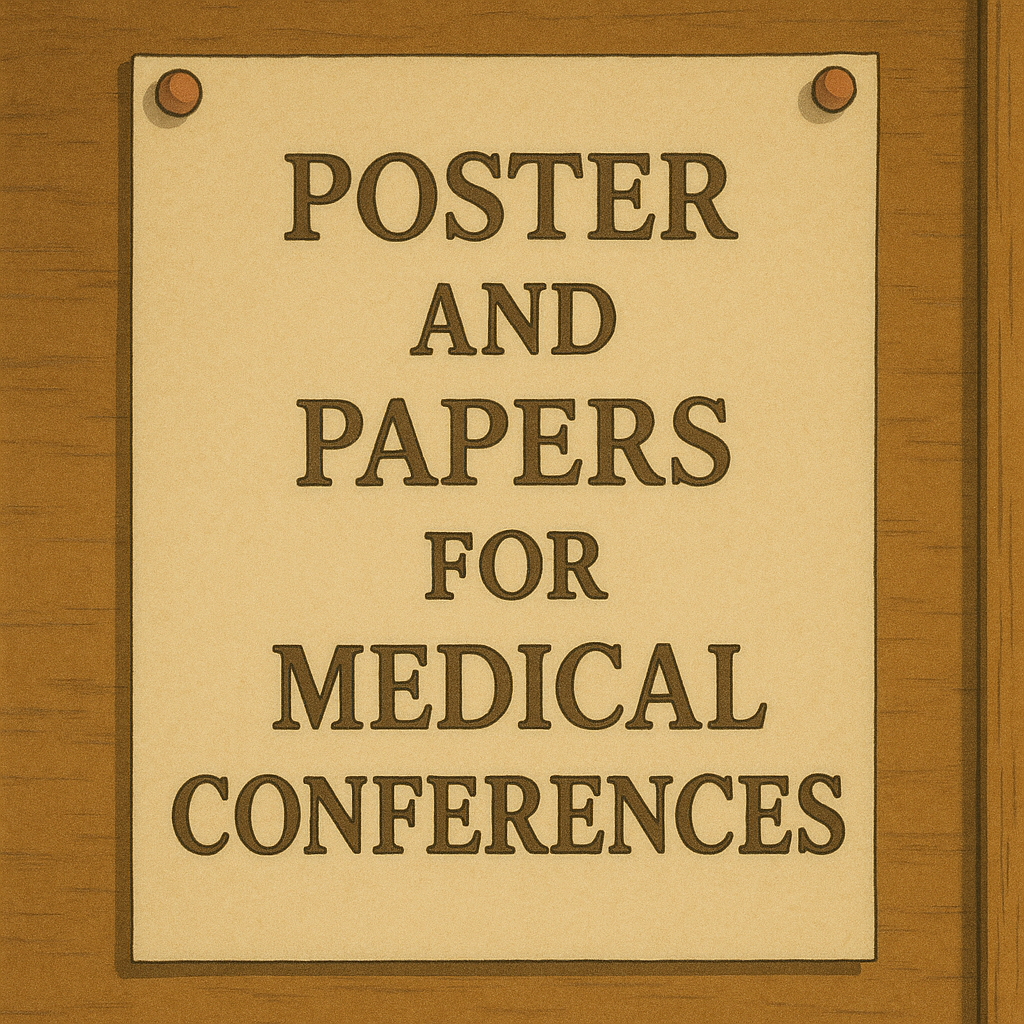FORENSIC MEDICINE AND TOXICOLOGY THESIS TOPICS

FMT PROTOCOL / FMT SYNOPSIS
How to write FMT Protocol?
Introduction
An FMT Protocol (also called an FMT Synopsis) is a structured plan for an MD, MS, or DNB thesis in Forensic Medicine and Toxicology that defines your study’s objectives, scope, and methods. A well-written FMT Protocol guides your research steps and ensures institutional approval.
Introduction to the Topic
Define the forensic or toxicological parameter under investigation (e.g., postmortem interval estimation, blood alcohol concentration).
Specify the context—medicolegal cases, living volunteers, animal models—and the relevance to clinical or legal practice.
Use both “FMT Protocol” and “FMT Synopsis” to refer to your document.
Demographics & Prevalence
Identify the affected population or case type (age, sex, manner of death, substance use patterns) and cite recent data on incidence.
Highlight regional or institutional patterns that justify your FMT Protocol.
Gap in Existing Knowledge
Summarize current forensic or toxicological methods and pinpoint unanswered questions (e.g., variability in tissue distribution of a drug).
Explain how your FMT Synopsis will generate new data to address these gaps.
Need and Rationale for Study
Explain why this research matters for postgraduate training (MD, MS, DNB) and for improving medicolegal investigations.
Outline limitations in existing protocols or case series.
State potential impact on case interpretation, courtroom evidence, or public health.
Mention alignment with national or global forensic guidelines, if applicable.
Review of Literature
Historical Background: trace foundational developments in forensic medicine or analytical toxicology.
Current State of Knowledge: summarize recent peer-reviewed studies on your topic.
Key Findings: highlight methodologies (e.g., chromatography, spectrometry) and major results.
Gaps in Literature: identify what existing FMT Synopses have overlooked.
Relevance: show how your FMT Protocol builds on and extends prior work.
Lacunae in Literature
List specific shortcomings or under-explored aspects (e.g., stability of biomarkers in different storage conditions).
Explain how your FMT Synopsis addresses each lacuna.
Materials and Methods
Source of Data/Samples: cadaveric tissues, blood/urine specimens, autopsy records, animal models.
Study Design: descriptive, analytical, case–control, experimental—state clearly in your FMT Protocol.
Study Population/Cases: inclusion and exclusion criteria (e.g., autopsies within 24 hours of death; exclusion of decomposed bodies).
Study Period: precise start and end dates (mm/yyyy–mm/yyyy).
Sample Size Calculation: present the formula, parameters (expected effect size or prevalence, α, power), and final number.
Analytical Procedures: step-by-step description of specimen collection, preservation, and laboratory assays (e.g., GC-MS for toxicology).
Quality Control: calibration procedures, control samples, repeat analyses.
Statistical Analysis: specify software, statistical tests (chi-square, logistic regression), and significance level (p < 0.05).
Ethical Considerations
Informed Consent: procedures for obtaining permission from next of kin (for autopsy data) or living participants (for toxicology studies).
Confidentiality: anonymization of case details and secure data storage.
Risk Minimization: safety protocols for handling biohazards or chemicals.
Ethics Committee Approval: name of the Institutional Review Board and approval ID.
Limitations of the Study
Sample Constraints: limited availability of certain case types or small numbers of toxicology positive specimens.
Analytical Variability: inter-laboratory differences or equipment sensitivity.
Selection Bias: referral patterns to your center or legal constraints.
Generalizability: applicability of findings to other regions or case populations.
Annexures
Consent Form: template to document informed permission from next of kin or living volunteers.
Participant/Case Information Sheet: clear summary of study aims, procedures, risks, and benefits for donors or relatives.
Data Collection Form: structured sheet for recording case details (demographics, circumstances of death, sample IDs) and assay results consistently.
Conclusion
A concise FMT Protocol (FMT Synopsis) tailored for MD, MS, and DNB postgraduate students meets academic standards and provides a clear framework for conducting and presenting your forensic medicine and toxicology research. Cover each section above thoroughly to ensure scientific rigor and clarity.



